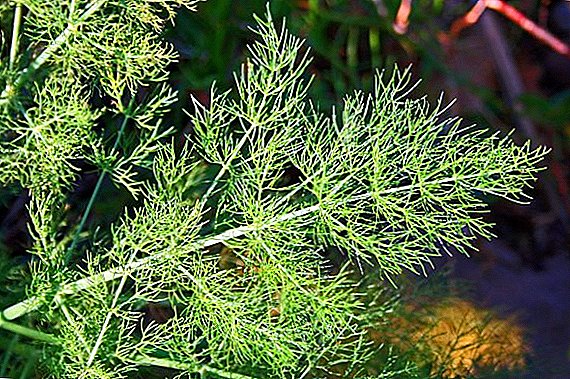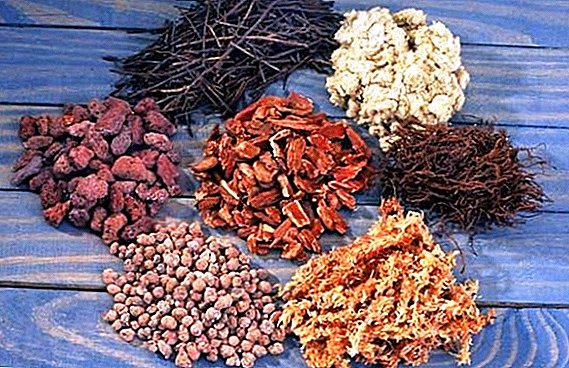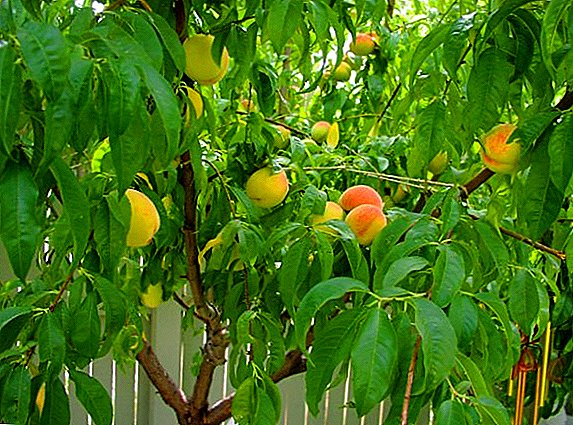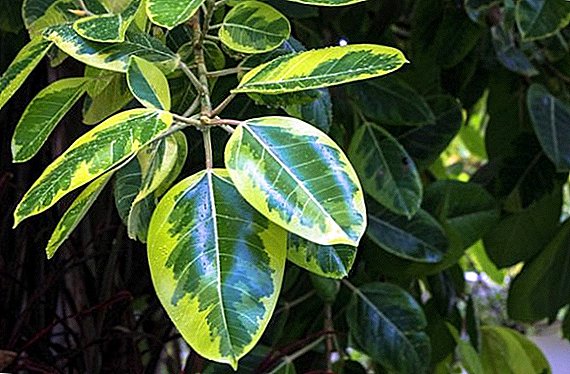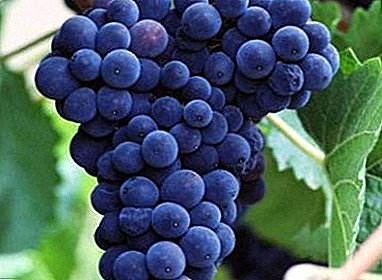
The Sangiovese wine grape variety is extremely popular in Italy. Name of the variety (Sangiovese) translates as "The blood of Jupiter" and goes back to ancient times.
Wines from this grape are distinguished by a bright, saturated color and a barely noticeable sour taste.
Best known wines Brunello de Montalcino and "Chianti". In their bouquet fruit notes are well distinguishable.
The popularity of Sangiovese grape wines is partly due to the fact that they perfectly suit most of the dishes of traditional Italian cuisine. Especially harmoniously this wine is combined with dishes, which include tomatoes, or seasoned with tomato sauce.
Another name for the variety is Brunello (Brunello), it is mainly distributed in the Tuscan region. In Corsica it is called Nieluccio (Nielluccio).
The variety is also popular in the Americas: in the USA, California, and in Argentina.
Among the wine varieties are also known Tempranillo, Saperavi and Merlot.
Sangiovese grapes: variety description
 Color is black, less often dark blue or dense-violet. Hue varies depending on the region of growth. The clusters are dense, berries are rounded, of medium size.
Color is black, less often dark blue or dense-violet. Hue varies depending on the region of growth. The clusters are dense, berries are rounded, of medium size.
The black varieties also include Moldova, Bull Eye and Pharaoh.
The peel is relatively thin, which causes some difficulties during storage and transportation.
The size of clusters is from medium to very large, with well visible "wings" - branches. Most often the form is conical or cylindro-conical.
Leaves are three- or five-blade, heavily carved, bright green. Veins lighter, well visible. At the base of the leaf (petiole) - a pronounced semi-oval cutout.
Along the outer edge of the leaves are numerous triangular teeth.
Very juicy pulp with a sweet, slightly astringent taste.
A photo
Consider "closer" ancient grape "Sangiovese" can be in the photo below:




Origin
As a result of genetics research, undoubted kinship ties of the Sangiovese variety with several other Tuscan varieties, for example, with Ciljegiolo (Ciliegiolo) and Calabrese di Montenuovo (Calabrese di Montenuovo) - a little-known, recently studied species. Various hypotheses are put forward and considered, however the final decision on the origin of the variety Sangiovese does not yet exist.
It is believed that this variety already existed during the Roman Empire.
Perhaps it was grown even by more ancient tribes - Etruscans. It is known that in the province of Romagna, warriors kept large stocks of wine in caves on the mountain of Mons-Jovis.
In many literary sources, from the Middle Ages to the present day, there is a mention of this grape variety and beautiful wines from it.
Italian varieties are also Montepulciano and Cardinal.
Specifications
 At home, in Italy, it is customary to plant these grapes on the sunny side of the hill, at an altitude of 250 to 350 m above sea level. Calcium soils are best suited for it; clay or sandy soils are not particularly favorable.
At home, in Italy, it is customary to plant these grapes on the sunny side of the hill, at an altitude of 250 to 350 m above sea level. Calcium soils are best suited for it; clay or sandy soils are not particularly favorable.
Prefers moderate humidity.
Maturing terms are different, as there are many subspecies of this variety. They differ in the size of clusters, and sugar content, and often - and flavor. In the same area in the plain vineyards, the crop is harvested earlier than in those that are located above the sea level.
At home, Sangiovese is considered a variety with a capricious character. He needs good illumination and warm sun, but not too hot.
Capricious varieties are also Iranian, Rizamat and Syrah.
Yield is considered average.
The grade differs in uneven maturing of clusters. The onset of the best maturity must be closely monitored, for this the grapes are selectively tasted.
To obtain high-quality wine for these grapes requires careful care, but even with all the rules and regulations, a lot depends on the weather.
Diseases and pests
The variety is characterized by an average susceptibility to mildew, somewhat more resistant to oidium and gray rot. Methods of prevention and treatment - like other varieties.
Experienced winegrowers do not neglect taking preventive measures against common grape diseases such as bacterial cancer and anthracnose, chlorosis and rubella, as well as bacteriosis. Taken on time, they will help to avoid many unpleasant consequences.
Insect pests can cause significant damage to the crop if improperly treated with insecticides.
 In different regions, Sangiovese grapes produce wines with different bouquets and tastes.
In different regions, Sangiovese grapes produce wines with different bouquets and tastes.
Sometimes they feel notes of violets, tea, sage. Sometimes - cherries, plums, currants. The color of wine - rich ruby red.
The most popular in Italy, the Sangiovese variety has earned worldwide fame thanks to the special taste of the wines produced from it.


